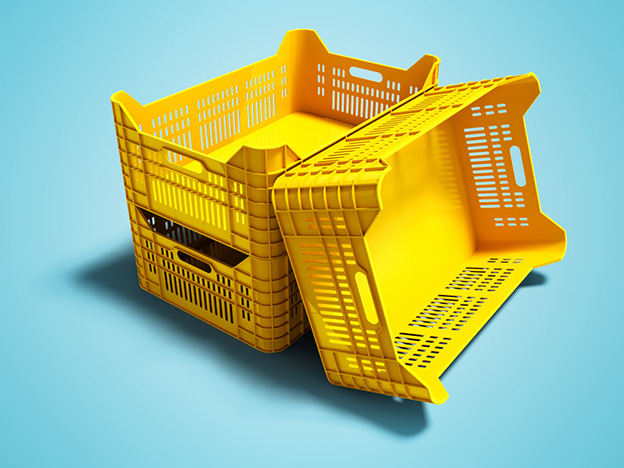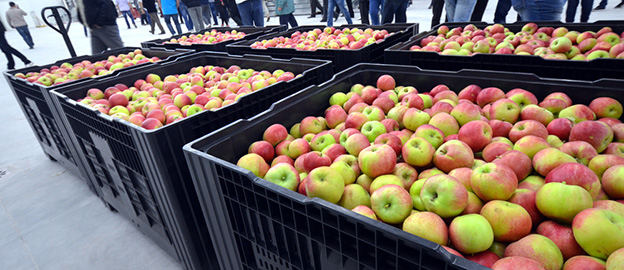
The coronavirus outbreak is quickly changing the way we think about sanitation in the warehousing industry. These essential facilities tend to be filled with warehouse personnel, along with valuable supplies that need to make their way to consumers. When managing a warehouse, you need to make sure your team members are following basic sanitation guidelines to prevent the spread of disease. Providing face masks and other PPE will help keep your workers safe and healthy. If you fall behind on these sanitation requirements, your workers could easily get sick on the job, bringing your facility to a grinding halt, or they could pass these germs onto the end consumer, further exacerbating the outbreak.
The Food and Drug Administration has issued strict rules and requirements to help food warehouses like yours limit the spread of the outbreak. Keep these tips in mind to keep your facility sanitary and running at optimal efficiency–even in the face of a pandemic.
Separating Dissimilar Items
Over a third of food product recalls result from undeclared allergens. Keeping dissimilar foods in close contact with one another can easily lead to the spread of infection, especially if some of your customers are allergic to certain foods and ingredients.
Use warehouse stack racks to separate dissimilar orders and items from one another to reduce the chances of cross-contamination. For example, you can keep meats on one shelf and produce on another. You should also spread your orders and items out as much as possible to avoid overcrowding. If one of your workers is sick, they could easily contaminate dozens of dishes and products at the same time if they are all clustered on the shelf.

Labeling Equipment and Materials
When you have so many different products heading in different directions, it’s best to simplify the order fulfillment process as much as possible to reduce the chances of error and contamination.
Considering cross-contact with allergens remains the number one source of food recalls, you need to thoroughly label your packages and containers to make sure they end up at the right location. Get in the habit of labeling and marking containers based on their destination or contents. You can also color code your containers to make sure your workers are retrieving the correct items.
For example, put time- or temperature-sensitive orders in bright red containers to make sure they go out the door first. Use blue containers for items containing a certain food allergen to make sure they don’t come into contact with dissimilar items.
Fortunately, food grade totes and trays come in all different sizes and colors to help you organize your warehouse. Create a coherent system for you and your team to keep things moving.
Maintaining Your Facility
Your workers are only as good as the environment they work in. As the owner or manager, you need to make sure your workers have access to a safe work environment. That means reducing the number of spills, trips and leaks, increasing the lighting and making sure your workers have enough space to move throughout your facility. Otherwise, your workers could easily step on each other’s toes or spill valuable materials.
Use collapsible pallet containers to clear up space around your facility to give your team more room to spread out. This reduces the chances of on-the-job accidents.
You also need to make sure your facility is free of leaks, drafts, holes and gaps that can affect the quality and safety of your food products. Watch out for pests and sudden changes in temperature. Fix these issues immediately before resuming production to limit the spread of disease.
Staff Training
Once you have these new guidelines in place, you need to make sure your staff can carry out your wishes. Spend time training your workers on the importance of proper hygiene and sanitation. Make sure everyone is clear on new workflows and fulfillment practices. Details matter during the training process. If one of your workers scratches their face or sets an item down in the wrong location, it could easily lead to an outbreak. Everyone should watch each other’s backs on the facility floor to reduce the chances of error or negligence. Post images of these guidelines around your facility to help your staff comply.
Pandemics have a history of changing industries for the better. Once the outbreak is behind us, we should all work towards securing a brighter, healthier future.
